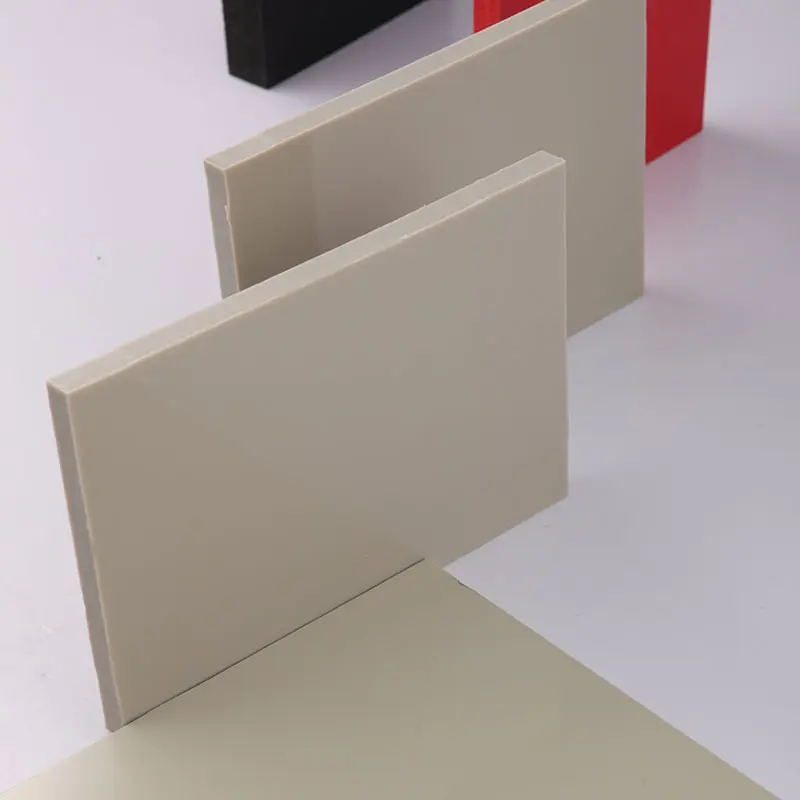ئۆكتەبىر . 31, 2024 17:02 Back to list
Innovative Solutions for Thermoplastic Welding Rod Applications and Techniques in Manufacturing
Understanding Thermoplastic Welding Rods An Essential Material for Modern Manufacturing
Thermoplastic welding rods play a crucial role in various industries, providing a reliable method for joining plastic components. These rods are made from thermoplastic materials, which can be repeatedly melted and solidified without undergoing any significant chemical change. This characteristic allows for robust and durable welds, making them an essential component in fields such as automotive, aerospace, and construction.
One of the primary advantages of thermoplastic welding rods is their versatility. They come in a wide range of materials, including polyethylene, polypropylene, and polyvinyl chloride (PVC). This variety enables manufacturers to select the right rod for their specific application, accommodating different requirements such as strength, flexibility, and resistance to chemicals or environmental factors. For example, polyethylene rods are known for their excellent chemical resistance, making them ideal for applications in harsh environments, while polypropylene rods offer great impact resistance and flexibility.
The process of using thermoplastic welding rods involves heating the rod and the surfaces of the materials to be joined. As both the rod and the substrate melt, they fuse together under pressure, creating a strong bond once cooled. This process can be performed using various techniques, including hot air welding, extrusion welding, and ultrasonic welding. Each technique offers its unique benefits, and the choice often depends on the specific components being joined, the desired strength of the bond, and efficiency requirements in production.
thermoplastic welding rod

Thermoplastic welding rods also provide significant advantages in terms of efficiency and cost-effectiveness. Unlike traditional bonding methods, which often require adhesives that may need curing time, thermoplastic welding allows for immediate handling of welded components. This rapid joinery reduces production time and increases overall output, helping manufacturers meet tight deadlines and reduce costs.
Moreover, environmental concerns are driving the adoption of thermoplastic welding rods. Many thermoplastic materials are recyclable, which aligns with modern sustainability goals. As industries increasingly focus on reducing their carbon footprint and improving waste management practices, the ability to recycle thermoplastics contributes significantly to sustainable manufacturing processes.
Additionally, the quality of thermoplastic welding rods is paramount. High-performance rods need to meet specific industry standards to ensure reliability and safety in applications, particularly in high-stakes industries like aerospace and automotive manufacturing. This emphasizes the importance of sourcing these materials from reputable suppliers who adhere to strict quality control measures.
In conclusion, thermoplastic welding rods are a vital material in modern manufacturing, providing durable solutions for joining plastic components. Their versatility, efficiency, and sustainability align well with contemporary industrial needs and practices. As technology continues to evolve, the development and application of thermoplastic welding rods will likely expand, providing manufacturers innovative ways to enhance production quality and efficiency. The ongoing advancements in welding techniques and materials will ensure that thermoplastics remain at the forefront of industrial innovation, promoting a future where seamless joins and sustainable practices are the norm.
-
Premium Glossy PP Rigid Sheet – Durable & Versatile
NewsAug.07,2025
-
High-Quality HDPE Sheet | Durable Plastic Panels
NewsAug.06,2025
-
High-Precision PVC Rigid Sheets for Vacuum Forming | AI-Optimized
NewsAug.05,2025
-
Durable PVC-M Water Supply Pipes | 60-Year Life
NewsAug.04,2025
-
Premium HDPE Water Supply Pipes: Durable & Leak-Proof
NewsAug.03,2025
-
Premium PVC-M Water Supply Pipe - Durable & Efficient
NewsAug.02,2025

